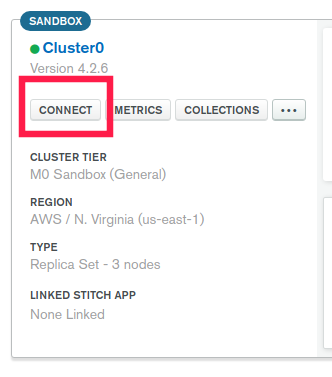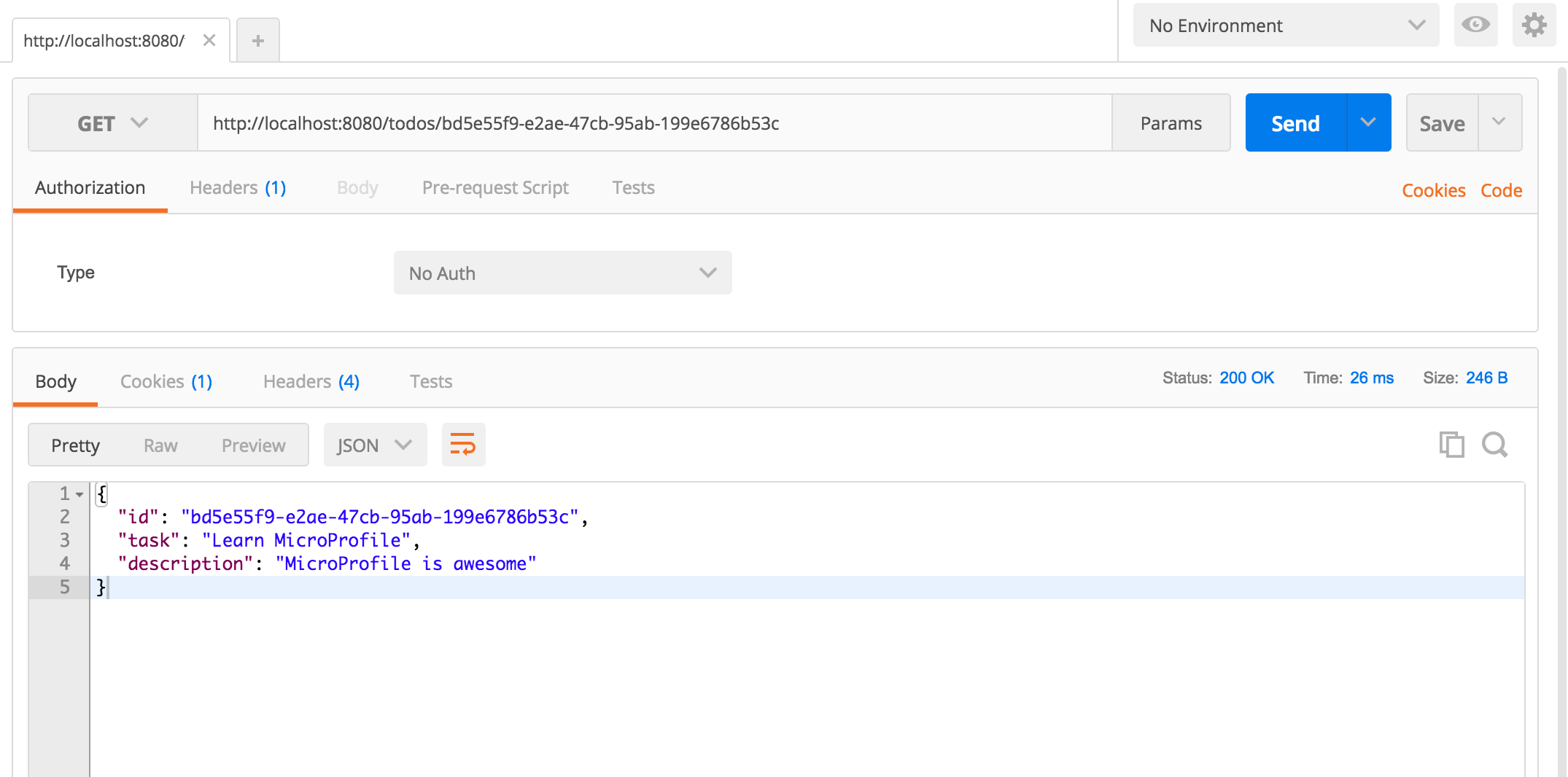
- #HOW TO START MONGODB SERVER HEROKU INSTALL#
- #HOW TO START MONGODB SERVER HEROKU UPDATE#
- #HOW TO START MONGODB SERVER HEROKU PLUS#
This solved the issue, and now I need to set up the CRON job to run it every day. It turns out that when I initially set up MongoDB there is a setting within Security > Network Access which required me to add the IP address of the server making the request.Īs far as I know, Heroku doesn’t maintain regular IP addresses so I’ve added EVERYONE which is the second option that you see there. MongoNetworkError: failed to connect to server on first connect [MongoNetworkError: connection 5 to :27017 closed I’ll go into more details about the script and how it works, but for the sake of the name of this post the issue I had was moving from working locally into deploying onto Heroku.
The records are captured at a different time each day. I’m not at the computer every day, so there’s missing data when I’m away. It takes 5 minutes to do everyday, so that’s 35 minutes a week, or 30 hours/1.25 days a year. This was an improvement over manually adding the value of each item every day into a Google Sheet because #HOW TO START MONGODB SERVER HEROKU UPDATE#
After changing the document, click the UPDATE button to save the changes.I have a little node script which checks the holdings of some vaults every day and writes them to a MongoDb cluster. There will popup Add Field After menu item.
#HOW TO START MONGODB SERVER HEROKU PLUS#
Just click the edit button on the record right side, then click the plus button at each line beginning.
After inserting a document, you can edit the fields in the document. Click the database user_account in the left panel to go into it, then click user_account collection, now you can insert, update, delete or query documents in it. In this example, I create a database user_account and the collection name is the same. After successfully login, you can click the Databases tab Create Database button to create a database.  Select None in the Authentication drop-down list then click the Connect button. The database connection properties include Hostname ( localhost ), Port ( 27017 ), SRV Record, Authentication ( None ), Replica Set Name, Read Preference ( Primary ), SSL ( None ), SSH Tunnel ( None ), Favorite Name. Click the New Connection item in the left panel, then you can input the connection properties data in the right Connect to Host panel. It will open the MongoDB Compass – Connect dialog window. It will add an icon to the macOS desktop, click the icon to open it. However, now Im trying to push the whole thing onto Heroku with the mongolab addon. In the command line, I just type the following: mongod to launch the database server node server.js to launch the web server.
Select None in the Authentication drop-down list then click the Connect button. The database connection properties include Hostname ( localhost ), Port ( 27017 ), SRV Record, Authentication ( None ), Replica Set Name, Read Preference ( Primary ), SSL ( None ), SSH Tunnel ( None ), Favorite Name. Click the New Connection item in the left panel, then you can input the connection properties data in the right Connect to Host panel. It will open the MongoDB Compass – Connect dialog window. It will add an icon to the macOS desktop, click the icon to open it. However, now Im trying to push the whole thing onto Heroku with the mongolab addon. In the command line, I just type the following: mongod to launch the database server node server.js to launch the web server. 
#HOW TO START MONGODB SERVER HEROKU INSTALL#
Download Compass to a local folder and install it. To have this working on localhost is pretty easy. Heroku is one of the most known Cloud platforms also known as the PaaS(platform as a service). Besides command, you can also use MongoDB GUI client MongoDB Compass to manage the NoSQL database. Do you know What Is Heroku Heroku is a cloud platform service that supports several famous programming languages. Save the file Push the new changes to GitHub Wait 2 to 5 minutes for Heroku to automatically detect changes in your github repo and effect the changes on the app. If your server is in a different file, please modify as required. # get the documents saved in this collection. This directs Heroku to the server file (index.js) which is the entry point of the application. You can run the command mongo in a terminal to connect to it. Now the MongoDB server has been started successfully.  The DB server used default port number is 27017. Now run mongod command in terminal again, the MongoDB server will start successfully. Create the /data/db folder with the below command in the terminal. exception in initAndListen: NonExistentPath: Data directory /data/db not found., terminating If you meet the below error message, that means it can not find the /data/db folder, MongoDB needs this folder to run. Open a terminal and run mongod command in it. # Display new environment variable to verify the PATH value has been changed. # Make environment variable change take effect.
The DB server used default port number is 27017. Now run mongod command in terminal again, the MongoDB server will start successfully. Create the /data/db folder with the below command in the terminal. exception in initAndListen: NonExistentPath: Data directory /data/db not found., terminating If you meet the below error message, that means it can not find the /data/db folder, MongoDB needs this folder to run. Open a terminal and run mongod command in it. # Display new environment variable to verify the PATH value has been changed. # Make environment variable change take effect. 
# Edit user profile file, add Mongodb bin folder to the PATH env variable value.
Add MongoDB bin folder into the PATH environment variable value with the following steps in the terminal. Unzip the download file to a local folder. Download MongoDB for the macOS version.








 0 kommentar(er)
0 kommentar(er)
